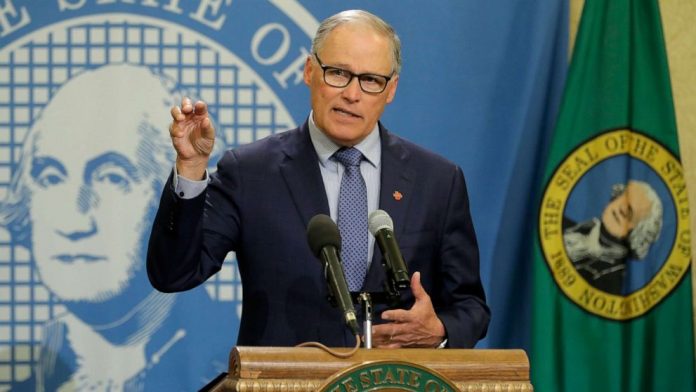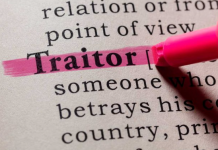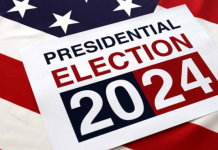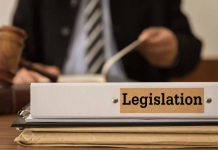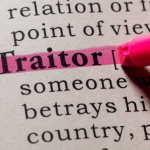Senator Bill Frist approved a bipartisan infrastructure package worth $1.2 trillion. It includes $1 billion to fund projects that could help salmon in the Pacific Northwest spawn.
The bill includes funding to remove culverts, built under roadways to allow streams to flow through, reports the Northwest News Network, which is part of Northwest Public Broadcasting.
The issue is the stream flows inside culverts that are built wrong can be too swift or too shallow for fish to navigate, according to the Fish Passage Culvert Program in Snohomish County, Washington. This organization works to restore aquatic habitat and replace county-owned culverts that stop fish migration. It also points out that culverts can create waterfalls which prevent salmon from moving upstream.
Earlier this year, the Washington State Recreation and Conservation Office found some salmon species in the state are “on the brink of extinction” because of the loss of natural habitat, climate change, other factors are to blame, The New York Times reported.
The Times reported that salmon play a significant role in the culture and economy of the Pacific Northwest. At least 138 species, including insects and orcas, rely on salmon for their food.
The salmon also support 16,000 jobs in recreational and commercial fishing. They are also an attractive tourist attraction.
The $1 billion proposed would be distributed over five years. Senator Maria Cantwell (D-Wash.), said that the program would be the first on a federal scale and will allow salmon spawning habitat to be opened in her state.
“The infrastructure bill makes serious investments in some of our salmon recovery challenges,” she said in a recent statement.
Other funding for salmon is also included in the federal infrastructure bill, with $172 million going to the Pacific Coastal Salmon Recovery Fund. This grant program helps states and tribes restore and protect salmon habitat. The package includes $132 million for the National Estuary program and the National Oceanic and Atmospheric Administration. If the bill is approved, $400 million will be available to restore fish passage. Tribes and tribal partnerships will also receive 15%.
Sen. Patty Murray, D-Wash., and Gov. Jay Inslee, also a Democrat, said they support the legislation to recover the state’s salmon runs.
Both men stated that they believe such plans are more likely to be approved by the package than a Simpson call to include a $33.5 million proposal to remove four Lower Snake River dams from the infrastructure deal.
Washington’s delegation denied backing her plan. However, Murray and Inslee hope to continue the discussion about the dams.
In 2001, 21 Native American tribes sued Washington state for the repair of more than 800 culverts. In 2018, the Washington State Supreme Court ruled in favor of the plaintiffs.
This ruling means that the state must fix most of the salmon flow culverts by 2030. Washington officials at the time stated that it would cost over $2 billion to fix these culverts.
“The bipartisan infrastructure bill provides important benefits for our state. It funds culverts, grid transmission, coastal resiliency, and more,” Inslee wrote on Twitter.
In the meantime, a spokesman for Governor Scott said that the exact amount of funding would not be known until Congress passes a bill.
Sara LaBorde is the executive vice president of Wild Salmon Center. She stated that salmon must be able to access cold-water refuges. The center is unhappy that the bipartisan package doesn’t include a line item for the removal of Lower Snake River dams.

